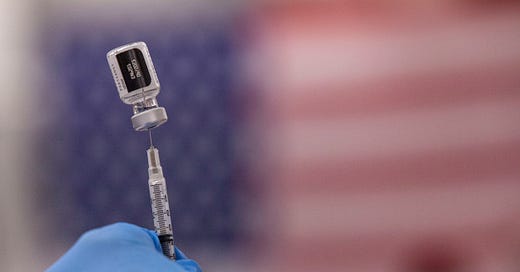Finally, Some Good News
JVL is back and he thinks people are being too pessimistic? WTF?
1. Vaccines
Let’s ignore politics today and talk about two other important things, one good and one bad. Good first.
There’s a lot we don’t know yet about the COVID vaccines, but the most important question is: To what extent do they cut down on transmission for those who’ve been vaccinated?





